Effective Waterproofing Solutions
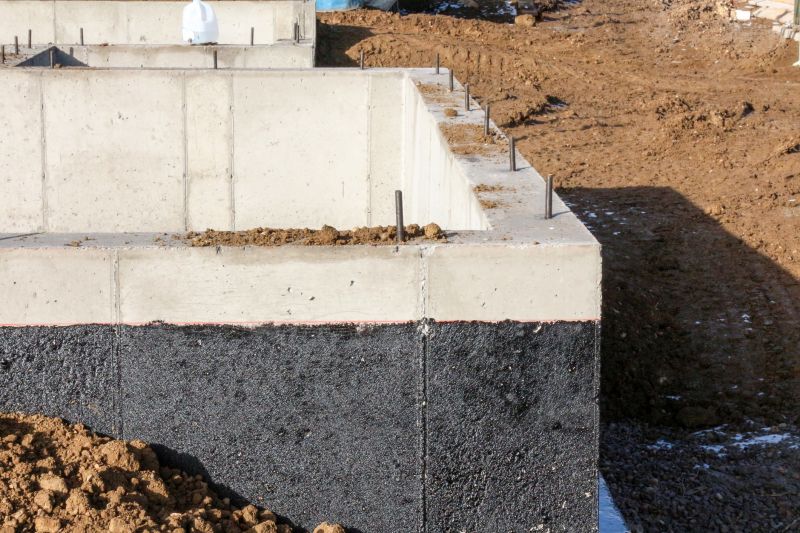
Proper preparation is essential before applying waterproofing solutions, typically done during dry weather conditions.
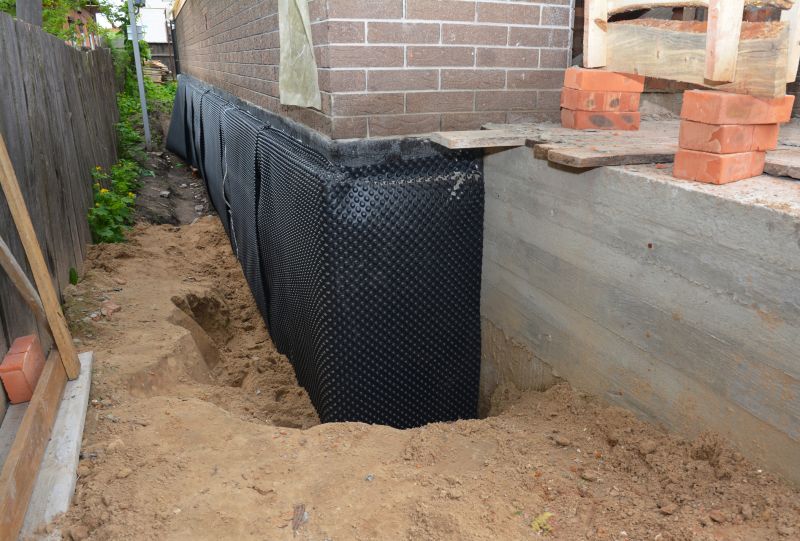
Spring and early fall are ideal for waterproofing due to moderate temperatures and lower humidity.

Avoid waterproofing during rainy or freezing conditions to ensure proper adhesion and curing.
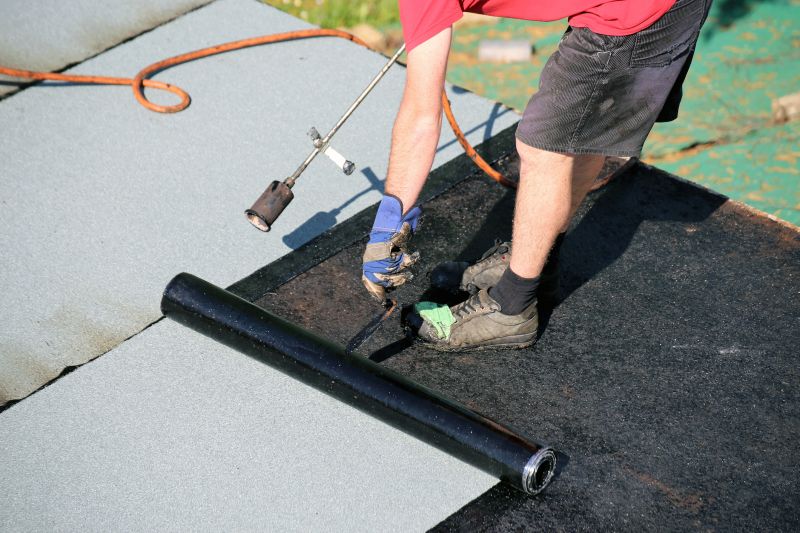
Ideal temperatures for waterproofing are generally between 50°F and 85°F for optimal results.
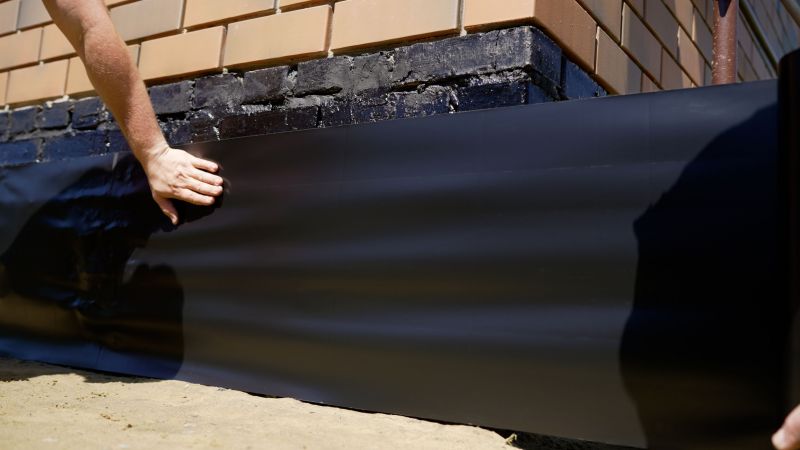
Low humidity levels help prevent moisture interference during application and curing.
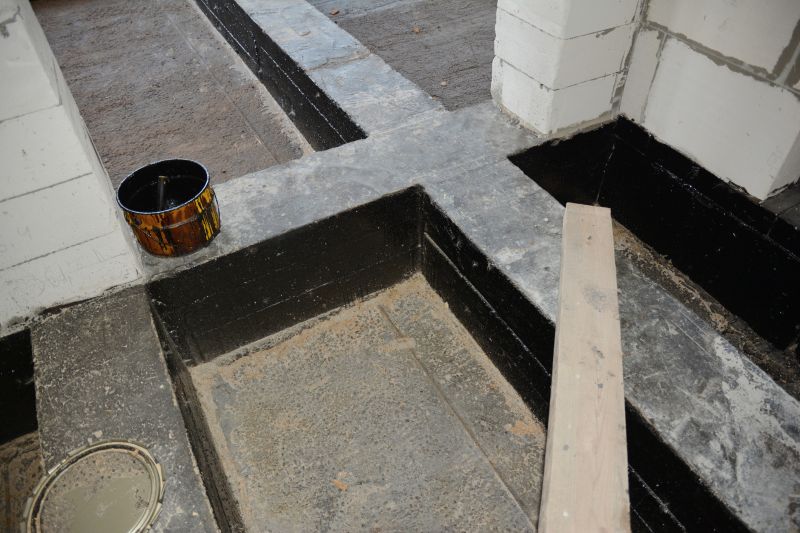
Scheduling waterproofing projects during dry periods allows sufficient time for curing before adverse weather.
Waterproofings are vital for protecting structures from water intrusion, which can cause damage, mold growth, and structural deterioration. Proper waterproofing involves applying specialized materials to surfaces such as foundations, roofs, and basements to create a barrier against moisture penetration. The effectiveness of waterproofing depends heavily on timing, application conditions, and material choice. Statistically, waterproofing can extend the lifespan of a building by decades and reduce costly repairs caused by water damage.
Choosing the right time for waterproofing ensures optimal adhesion and curing, which are critical for long-term performance. Weather conditions like temperature, humidity, and rainfall influence the success of waterproofing projects. For example, applying waterproofing in dry, moderate temperatures allows materials to set properly, reducing the risk of failure. Properly timed waterproofing can prevent leaks, structural weakening, and interior damage, saving costs over the lifespan of the structure.
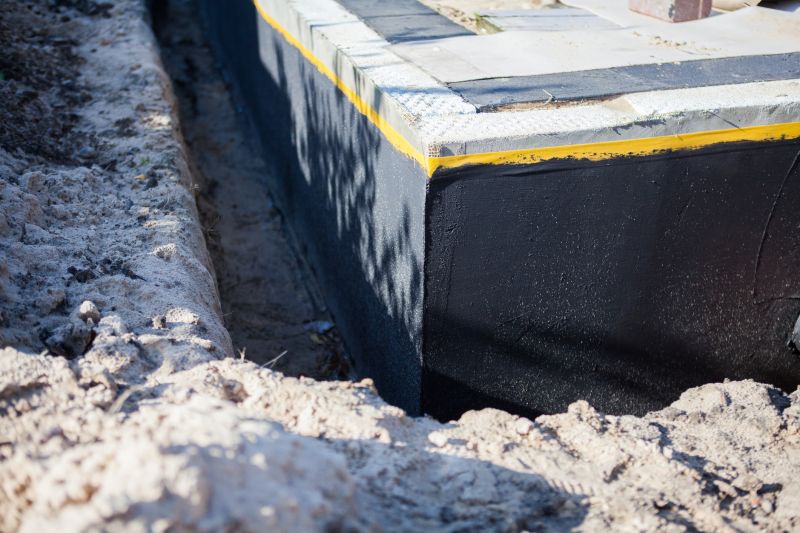
Applying waterproofing during suitable weather conditions ensures better adhesion and durability.

Spring and fall are preferred seasons due to moderate climate conditions.
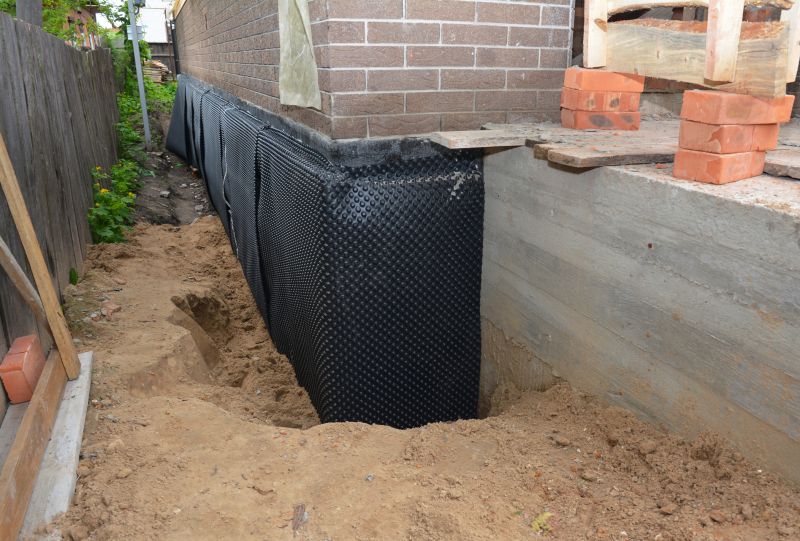
Rain and extreme cold can compromise waterproofing effectiveness if applied prematurely.

Consistent temperatures prevent cracking and ensure proper curing of waterproofing materials.

Low humidity helps prevent moisture entrapment and enhances adhesion.

Scheduling during dry periods maximizes the lifespan of waterproofing solutions.
| Season | Ideal Conditions |
|---|---|
| Spring | Moderate temperatures, low humidity, dry weather |
| Summer | Warm temperatures, avoid high humidity and rain |
| Fall | Cooler temperatures, low humidity, dry days |
| Winter | Not recommended due to freezing temperatures and moisture |
Understanding the best timing for waterproofing projects can significantly impact their success. Proper application during suitable weather conditions ensures materials cure correctly and adhere firmly to surfaces. This reduces the likelihood of future water intrusion issues, which can lead to costly repairs. Planning waterproofing during favorable seasons minimizes disruptions and guarantees better long-term results.

Selecting appropriate materials based on seasonal conditions enhances effectiveness.
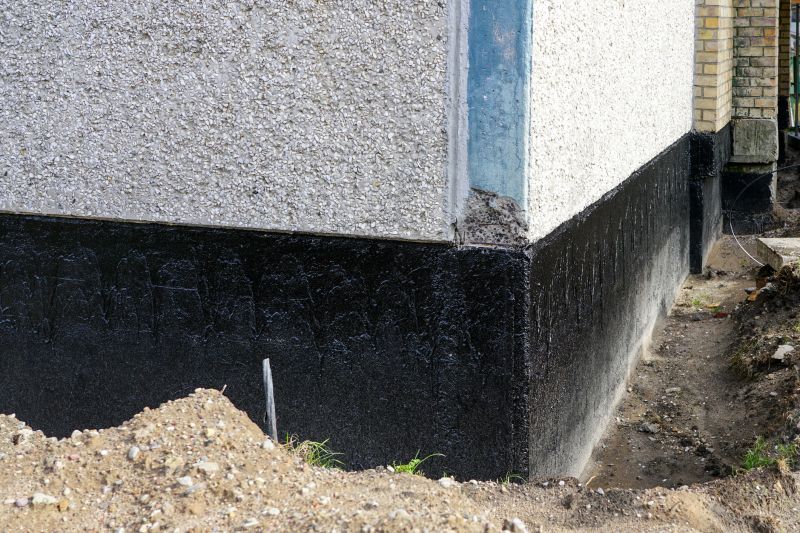
Timing waterproofing projects during dry, moderate weather maximizes durability.
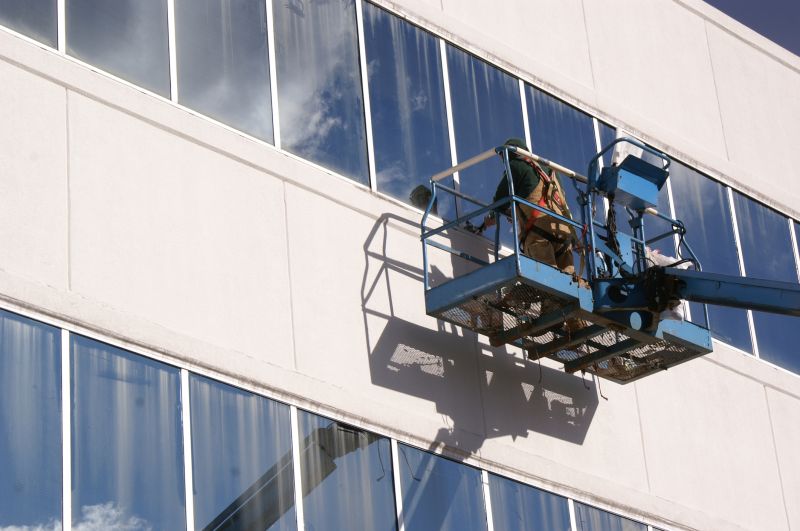
Extreme weather can compromise the curing process of waterproofing compounds.
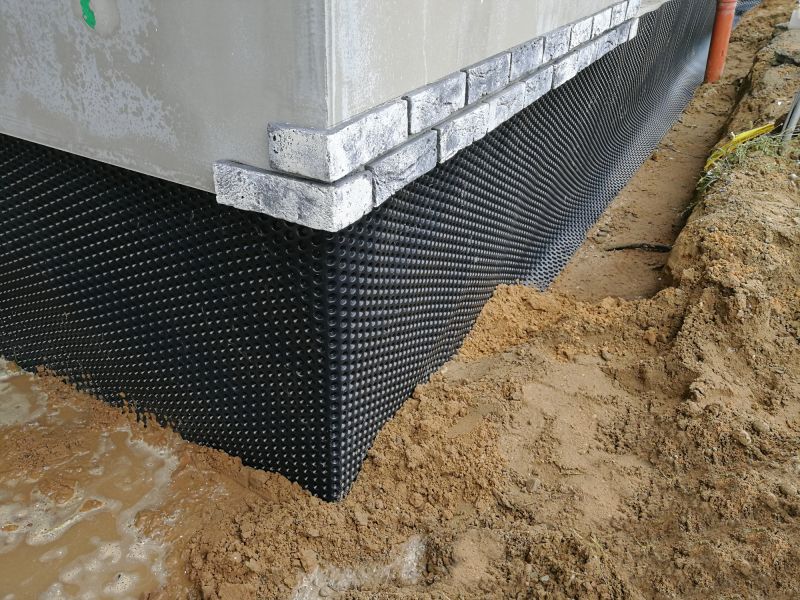
Ensure surfaces are clean and dry before application for best results.
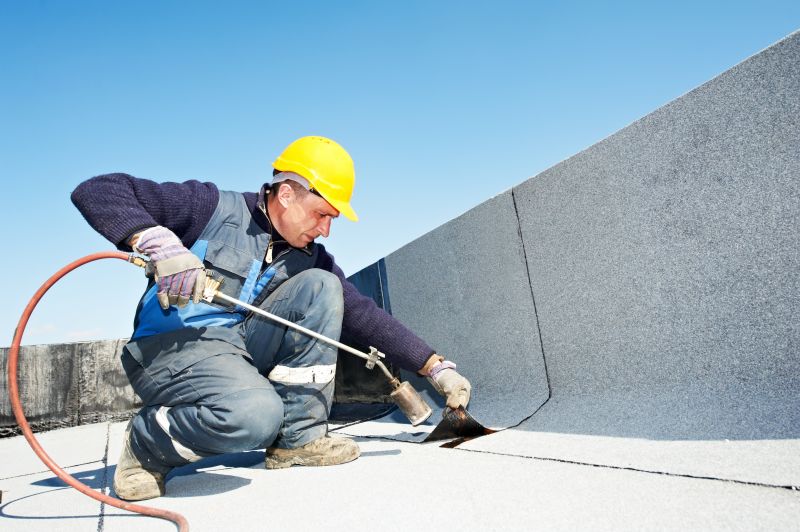
Check forecasts to avoid applying waterproofing during rain or cold snaps.

Proper timing ensures waterproofing maintains its protective qualities over time.
Timing is crucial for achieving optimal waterproofing results. Applying materials during appropriate weather conditions not only enhances adhesion but also ensures proper curing and longevity. Recognizing seasonal patterns and monitoring weather forecasts can help prevent premature failures and extend the lifespan of waterproofing systems.
Interested in waterproofing services? Filling out the contact form provides an opportunity to discuss project timing and receive expert guidance tailored to specific needs. Proper planning and timing can lead to more effective waterproofing, safeguarding structures from water damage for years to come.
Ways to make Waterproofings work in tight or awkward layouts.
Popular materials for Waterproofings and why they hold up over time.
Simple add-ons that improve Waterproofings without blowing the budget.


